Symptoms That
Indicate Your Tree May Need Help
One of the most important things you can do for your trees is to pay attention to their health and identify any potential problems early on. There are several signs that indicate your trees may need help and we’ll identify the most common tree diseases. Early detection and intervention can often save a tree’s life. If you notice any of these symptoms, contact a certified arborist for an evaluation.
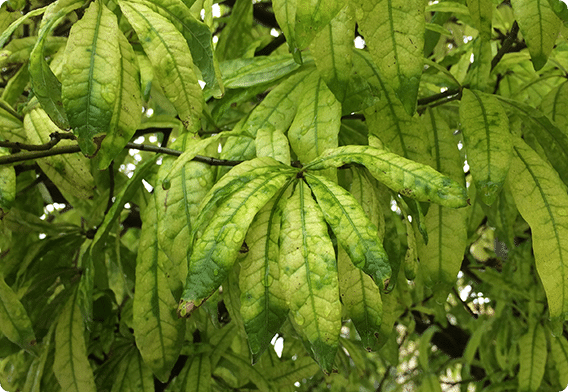
Iron Chlorosis on Trees
If the leaves of your trees are starting to turn yellow, but the veins remain green, it’s a sign of iron chlorosis. This is a condition characterized by the yellowing of leaf tissue due to a lack of chlorophyll. Possible causes are poor soil drainage, damaged roots, compacted roots, high alkalinity, and nutrient deficiencies in the plant. Iron chlorosis on trees usually affects new growth first, then spreads inward to older leaves. In severe cases of chlorosis, yellow leaves can turn white and drop off. Twigs and branches are stunted and die, and the plant may be unable to flower or fruit. The most common trees susceptible to iron chlorosis are white oaks, white pines, pin oaks, dogwoods, and magnolia trees.
Leaf Scorch
Symptoms of leaf scorch include yellowing of leaves between veins and along the margins and browning on the tips of the leaves. Since these parts of the leaves are the last to be supplied with water from the roots, they are typically the first to be affected. Leaf scorch is caused by unfavorable weather conditions such as high temperatures, dry winds, and low soil moisture. In severe cases of leaf scorch, entire leaves may curl and whither. Japanese maple, oak, birch, ash, and beech trees are often the most susceptible to this condition.
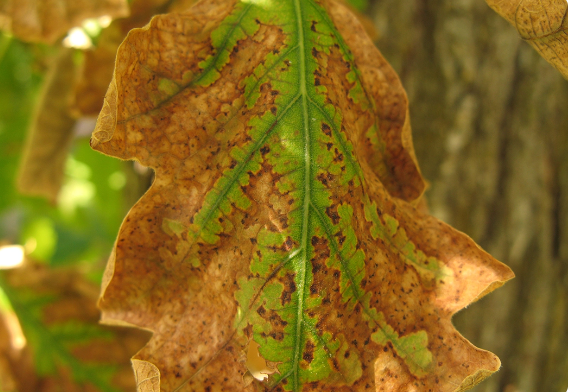
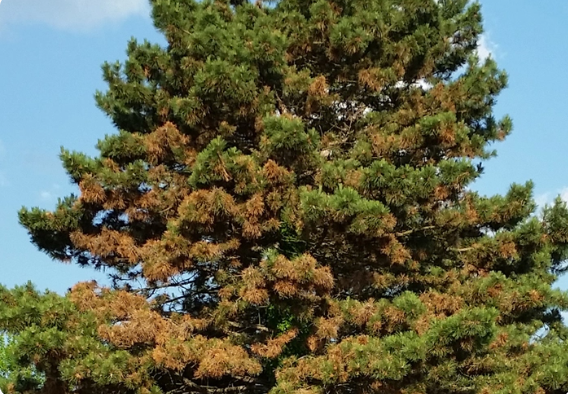
Tip Dieback
This common tree problem refers to the early stages of progressive death of twigs and branches. The term “dieback” refers to more localized symptoms with healthy branches adjacent to dead or dying ones. It generally starts at the tips of the upper canopy. General growth reduction, chlorotic leaves, twig thinning, and premature fall coloration are all signs of tip dieback. Causes of this condition include drought, soil compaction, fungal infection, and insect infestation in urban environments. If left untreated, tip dieback can lead to a decline in vigor and the death of the tree.
Decline In Vigor
This describes the gradual reduction of growth and vigor in trees. It begins with a deterioration of a tree’s crown and continues from branch to branch until the tree dies. It is the progression of untreated tip dieback. The causes vary and affect all ages of trees and shrubs, but it is most associated with plants that have attained some size and maturity. General symptoms include pale green or yellow leaves, reduced twig and stem growth, delayed spring bloom, leaf scorch, and early leaf drop.
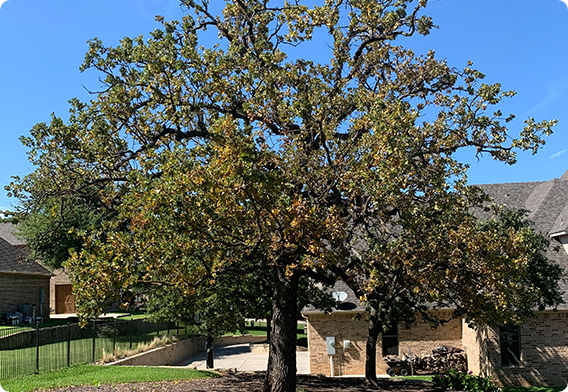
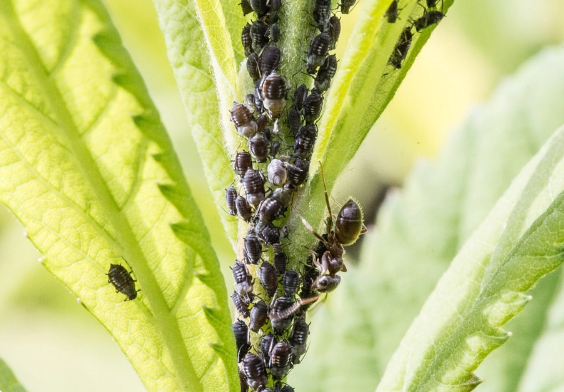
Signs Of Infestation
Common signs of pest infection include thinning leaves or needles, holes bored into leaves, inconsistent leaf sizes, discoloration of needles or leaves, halted branch growth, holes or loose bark on trunks, and lifted roots. Any changes in the leaves, needles, branches, and trunks of your trees can be symptoms of disease or pest infestation. Since tree infestation most commonly occurs during warmer weather, trees local to Dallas are exceptionally susceptible. Both pest infestation and disease can look similar but knowing what is impacting your tree’s health is critical in finding the right treatment before irreversible damage occurs.
Sign Of Disease
Symptoms of fungal or bacterial tree disease include orange, yellow, black, or brown spotting on the leaves, stunted or wilting leaves, blotches, sunken areas, and blemishes on tree leaves, fruit, and/or bark. Fungal leaf diseases are usually spread by wind and water depositing spores onto the leaves. A way to tell fungal leaf holes apart from insect damage is if the leaf has a black or brown blemish with a ring of yellowing leaf tissue around it. Branch decay and drop is also a sign of a diseased tree. Depending on the disease, a certified arborist will know how to determine the course of treatment before the disease and decay have spread too extensively to save the tree.
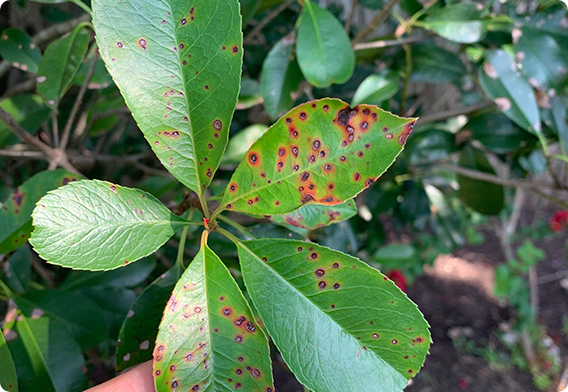
Ready For A Quote?
Click the button below to contact us and get started taking care of your trees.




